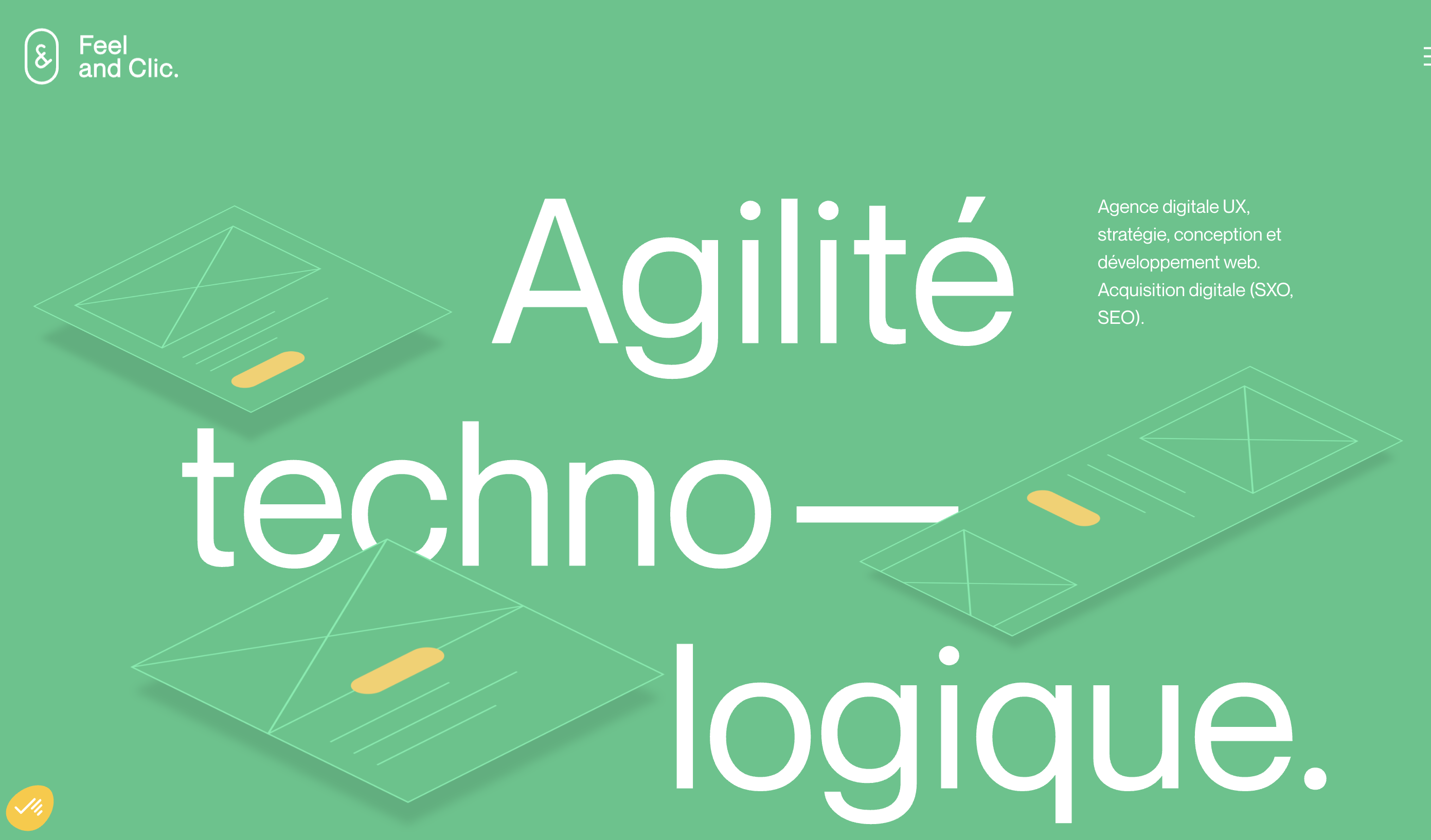
Understanding Retail Content Design
Defining the Scope of Retail Content Design
In the retail industry, content design plays a pivotal role in influencing the customer experience. It's not just about creating eye-catching visuals or engaging website narratives; it’s about crafting a cohesive brand identity that resonates with audiences. Retail content design encompasses various elements including digital interfaces and mobile applications that align with business goals and drive sales growth.
The Significance of User-Centricity
Understanding user behavior is a cornerstone for effective retail content strategy. A deep understanding of customer preferences enables brands to tailor their content creation efforts more effectively. By emphasizing a user-centric approach, retail businesses can enhance conversion rates and boost performance. User experience goes beyond aesthetics, encompassing functionality and accessibility, which are essential for achieving high search rankings and improving overall retail marketing efforts.
Integrating Digital and Creative Processes
The blend of creative processes with digital systems forms the backbone of successful retail content design. Teams should focus on best practices, combining high-quality visual appeal with practical functionalities to create a seamless shopping experience for customers. Whether you’re designing for physical stores or retail websites, the goal remains: to create experiences that are engaging and reflective of the brand's strategy.
For those looking to refine their retail content approaches, enhancing strategy with local SEO can be an essential step. Learn more about implementing local SEO techniques to improve content impact and visibility.
Key Elements of Effective Retail Content
Essential Components for Improved Retail Content
When we delve into the anatomy of effective content design for retail spaces, it's crucial to explore the foundational elements that shape customer experiences. Let's examine how high-quality content, aligned with brand identity and digital strategy, can transform retail businesses by enhancing the shopping experience and elevating conversion rates.- Understanding the Brand Identity: At the heart of content design lies a deep understanding of the retail brand's core message and identity. This involves consistent tone and aesthetics across all platforms, from physical stores to retail websites. The design team must ensure that every piece of content reflects the brand's personality while keeping customer engagement at the forefront.
- Optimized Website Design: An engaging retail website grounded in best practices is integral to any successful content strategy. It requires seamless navigation, responsive mobile design, and intuitive user experience that entice customers to explore products further. Digital performance, search rankings, and user satisfaction are direct reflections of how well the website aligns with the brand's business goals.
- Creative Content Writing: The art of content creation plays a pivotal role in conveying product details and brand stories. By crafting compelling narratives, retailers can drive online sales and boost customer loyalty, resulting in substantial growth for the business. Retail marketing efforts should leverage storytelling to bridge the gap between brand and consumer.
- Integration with Retail Technology: With the rise of digital tools and mobile applications, integrating technology into content design elevates the customer's shopping experience. This includes personalized recommendations, virtual try-ons, and other features that align with retail marketing strategies, enhancing both engagement and conversion rates.
- Customer Service Enhancement: Retail content is not just about selling products; it's also about nurturing relationships. A robust content strategy includes training for sales teams and providing resources to ensure superior customer service. The aim is to create a dialogue that strengthens the brand-customer connection over time.
Challenges in Retail Content Design
Overcoming Hurdles in Crafting Compelling Retail Experiences
Creating a seamless customer experience that effectively showcases products while maintaining brand identity is no small feat in the retail industry. The primary challenges that design teams encounter often revolve around translating business goals into high-quality, engaging content that not only captivates but also drives conversion rates. One major hurdle is ensuring consistency across diverse digital platforms. From mobile applications to retail websites, maintaining a uniform brand voice and visual design can be arduous. The design team must ensure that the user experience remains cohesive, which requires a deep understanding of both the brand and its target customers. This ongoing task necessitates familiarity with retail marketing best practices and trends that have emerged over the past few years. Retail businesses often face difficulties when balancing creativity with analytics. While creative writing and innovative design services are crucial, they must align with strategic objectives. Content creators must focus on producing experiences that resonate emotionally with customers, while simultaneously optimizing for performance metrics such as search rankings and sales conversion. Another persistent challenge is adapting to the evolving landscape of digital and mobile platforms. Retail content design needs to be flexible enough to accommodate technological advancements. The rise of digital shopping experiences demands an approach that is both innovative and rooted in retail website design best practices to effectively engage and convert. Moreover, training teams to handle specialized content creation tools and strategies is paramount. Retail businesses aiming for growth must invest in comprehensive training programs to boost their team's capability in generating high-quality content that supports a seamless shopping experience. For those looking to expand their understanding of content strategies in the retail sector, exploring resources like the role of graphics in marketing experiments can provide invaluable insights.Role of Technology in Retail Content Design
Integrating Technological Advancements in Retail Content
In the ever-evolving landscape of retail, technology plays an indispensable role in shaping effective content design strategies. To create compelling digital experiences, brands must leverage cutting-edge technologies that align with their business goals and enhance their brand identity. Firstly, the integration of digital and mobile solutions in a retail website design can significantly boost user experience and conversion rates. With a deep understanding of customer needs, brands can make informed decisions about which technological tools to adopt. For example, implementing high-quality, responsive web design ensures that customers enjoy seamless shopping experiences across different devices, a crucial aspect in modern retail marketing. Moreover, intelligent data analytics helps in refining content strategies. By analyzing customer behavior and preferences, retail teams can tailor content to better meet customer service expectations and achieve higher sales performance. This approach not only aids in content creation but also engenders customer loyalty by offering personalized shopping opportunities. Another technological boon is the use of interactive elements and immersive content experiences. Virtual and augmented reality, while not universally adopted yet, offer innovative ways for customers to engage with products before making a purchase. These interactive experiments drive higher engagement and can lead to increased sales in the retail business. Training in the latest digital tools is also vital for retail teams to maintain competitive growth. As content design continues to evolve, ensuring that the team is adept at using these advanced tools enhances both the creative process and overall performance. Finally, search rankings can be improved by optimizing content for SEO. Employing best practices in digital content management, such as utilizing precise keyword strategies and enhancing readability, can lead to better discoverability of retail websites in search engines. The retail industry's landscape has transformed drastically from years ago, but by embracing technology, brands can ensure they remain at the forefront of delivering extraordinary customer experiences. Through strategic technological integration, well-crafted design services pave the way for future growth and success in retail content design.Case Studies: Successful Retail Content Strategies
Proven Retail Content Strategies that Elevate Customer Experiences
In the retail industry, where competition is fierce and consumer expectations are ever-evolving, employing successful content strategies becomes essential for a brand's growth and performance. Through careful content design and creative writing, retail businesses leverage effective strategies to enhance their online and in-store shopping experiences. In this segment, we'll explore how these strategies are implemented. One critical focus is the creation of high-quality, engaging content that aligns seamlessly with the brand identity. This involves writing customer-focused content that not only informs but also captivates the audience, fostering a connection that reinforces the brand's presence. By prioritizing user experience, retailers can ensure that every piece of content, from product descriptions to blog posts, resonates with their target audience. Retail website design plays a vital role in successful content strategies. Design services that emphasize intuitive navigation and appealing visual elements contribute significantly to improved conversion rates. When consumers read content that complements the overall aesthetic and functionality of a retail website, they're more likely to engage and make purchases. Furthermore, the implementation of digital and mobile strategies is crucial. With consumer preferences increasingly shifting towards online platforms, ensuring a seamless mobile experience is mandatory. Retailers need to adapt their content and website design to meet mobile browsing needs, thus amplifying their reach and accessibility. A content design team dedicated to innovation and excellence is another key element. This team should undergo regular training and be attuned to industry best practices to ensure they deliver content that meets business goals and enhances customer service. Finally, understanding customer behavior through data analytics can offer invaluable insights. This allows retail marketers to tailor strategies that improve search rankings, increase sales, and support deep understanding of customer needs. Harnessing technology not only helps in refining content creation but also paves the way for consistent performance growth. These case studies illustrate how a well-executed content strategy can transform a retail business, offering unparalleled customer experiences while fostering loyalty and advancing retail marketing objectives.Future Trends in Retail Content Design
Innovations Shaping Retail Content Landscapes
In recent years, the landscape of retail content design has been rapidly changing. With a deep understanding of customer behavior and content consumption patterns, retail businesses now focus on creating high-quality, user-centric experiences. This transformation is primarily driven by technological advancements and growing digital dependence.- Data-Driven Insights: Retail teams harness data analytics to inform content strategies, offering personalized experiences that enhance user engagement and drive conversion rates. This approach requires a keen understanding of customer preferences and business goals, allowing for content offerings that resonate with the target audience, boosting both performance and sales.
- Digital and Mobile Integration: As we shift to a largely mobile-first world, retail content needs to operate seamlessly across various platforms. The design of retail websites is now focused on ensuring compatibility and a consistent brand identity across both digital and mobile experiences. This shift not only reflects best practices but also aligns with evolving customer expectations.
- Enhancing Customer Engagement Through Technology: Technologies such as augmented reality (AR) and virtual reality (VR) are being increasingly adopted to create interactive shopping experiences. Retailers design services that allow customers to visualize products in their environment before making a purchase, thereby fostering a unique shopping experience that enhances brand loyalty.
To keep pace with future trends, retail businesses are focusing on implementing strategies that combine creativity with analytics and technology. Retail marketing teams are investing in training their members to stay updated with changing technologies and design practices. By doing so, they ensure that their content design remains aligned with shifting industry demands and customer expectations, paving the way for sustained growth and improved search rankings.














